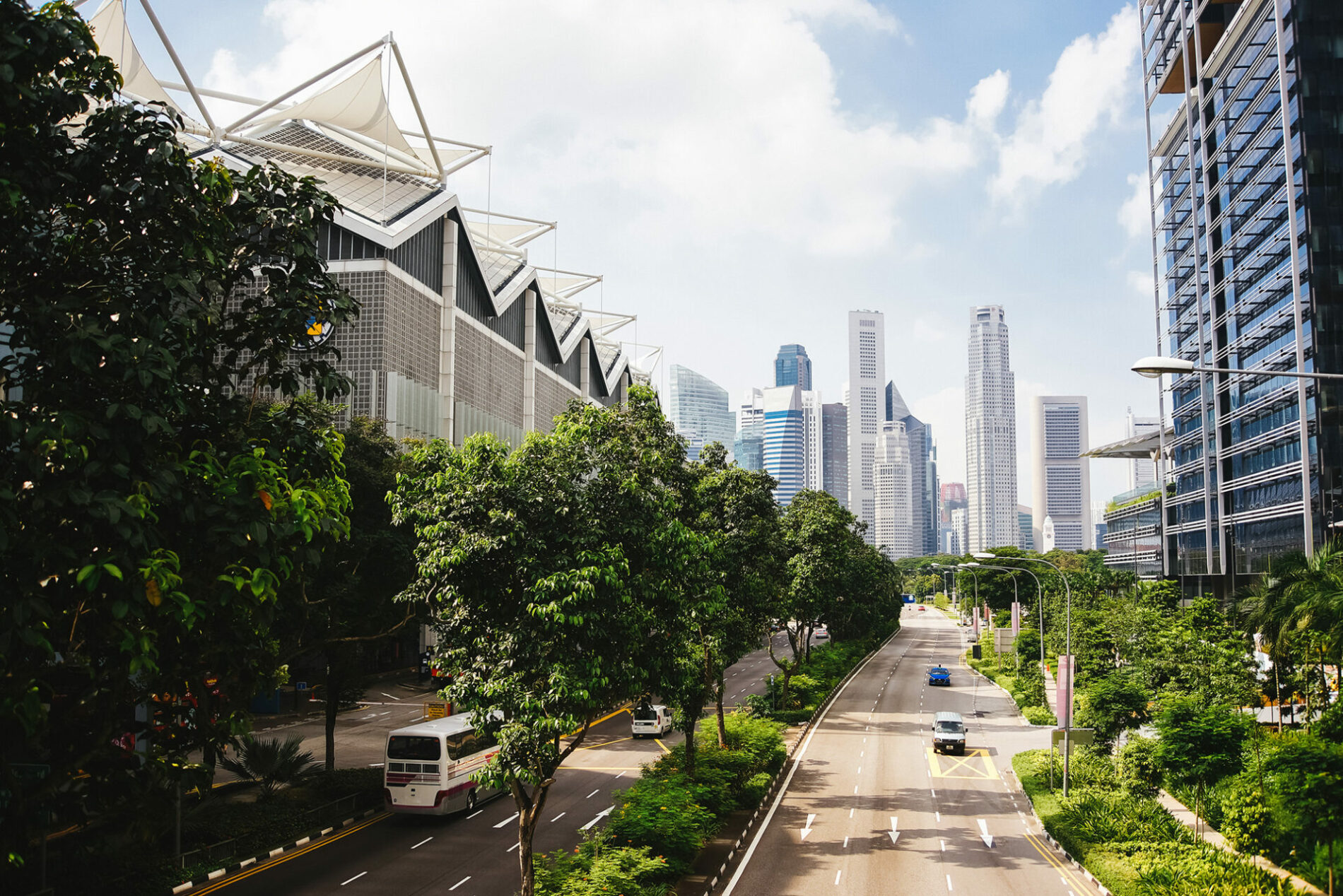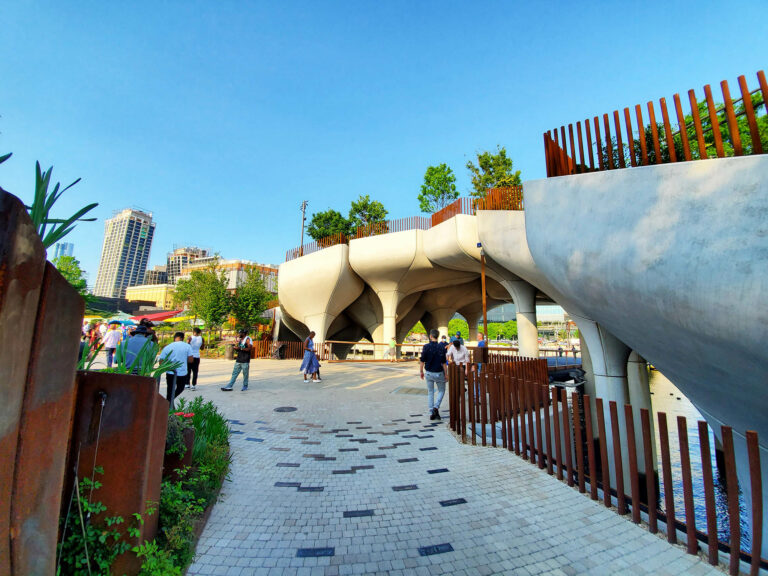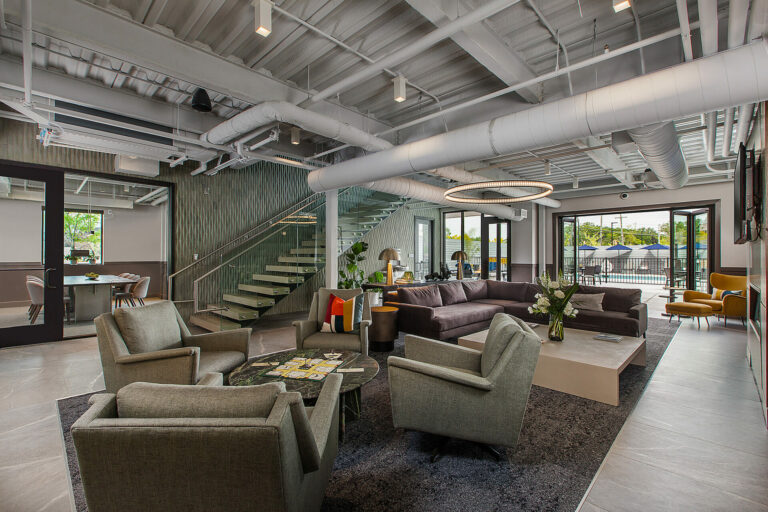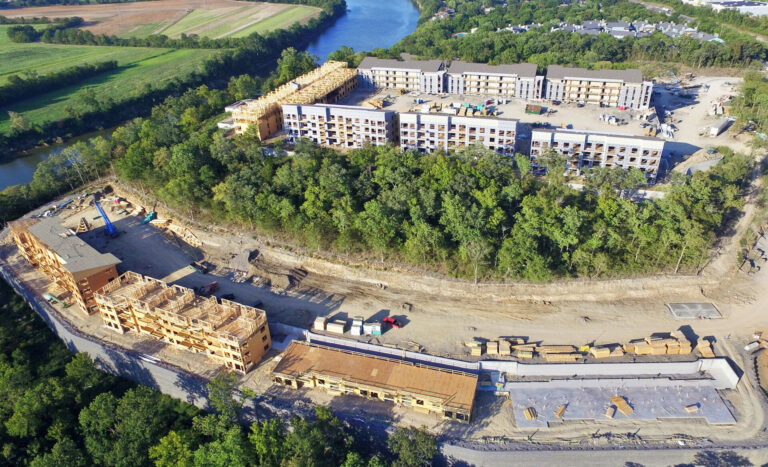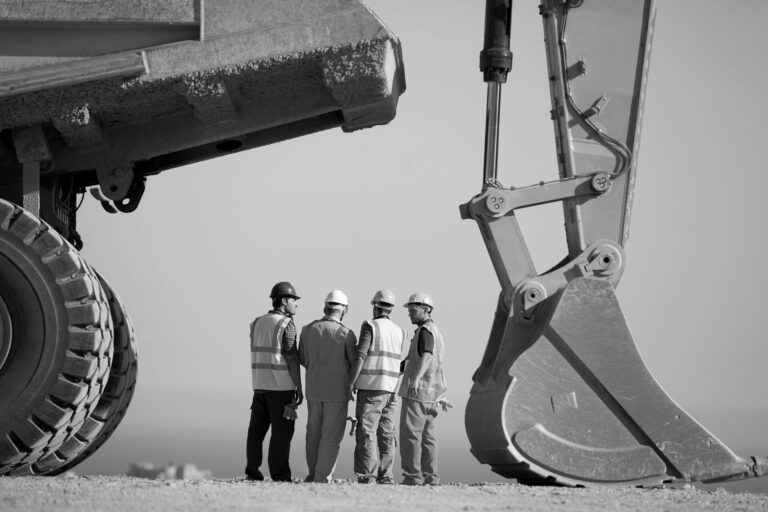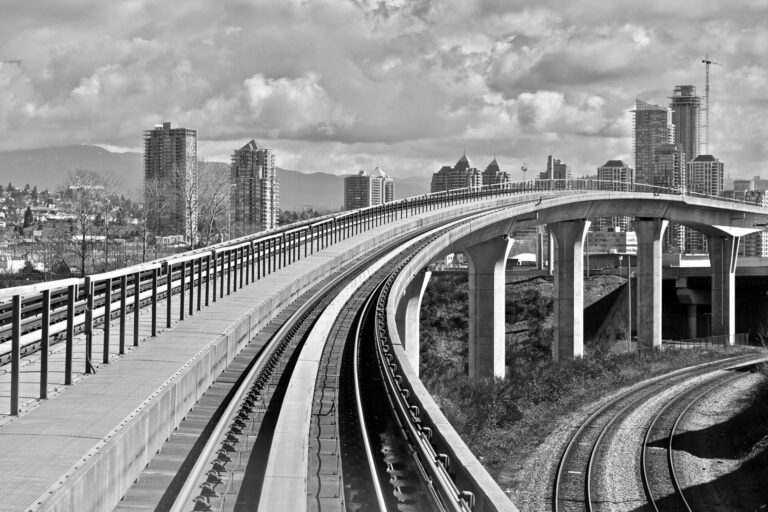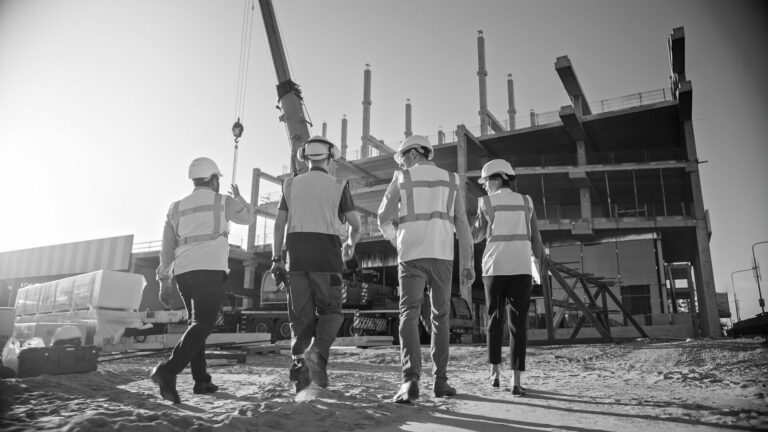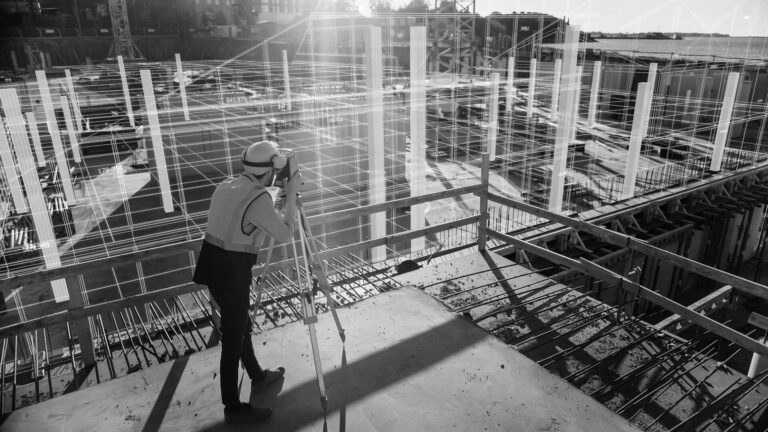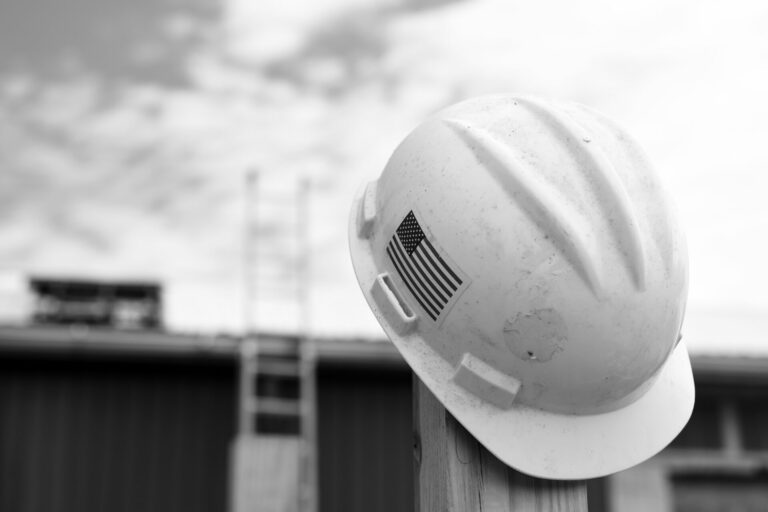Over the past hundred years or so, the landscapes that we inhabit have changed irrevocably. The scale and volume of structures have developed and grown enormously and urbanized living is now very much in the majority. Urban areas are the most human populated on the planet and, while cities only make up around 2% of the earth’s surface, around two-thirds of the human population will live in cities by 2050. This density has resulted in significant changes to the make-up of these locations and their surroundings with concrete replacing soil, brick taking the place of trees. The changes are not purely geographical, however. Figures show that cities consume around two-thirds of the world’s energy while producing 70% of global carbon emissions. When laid out, what is clear is that it is us —humans, who are the primary cause of climate damage. Our relationship with the natural world is something that needs to adapt and change.
Prior to industrialization, the relationship that humans had with the natural world was built on reciprocation. We were a member of a carefully balanced eco-system, and our place was within the hierarchy of the animal world. However, since our population had grown and technologies have developed to accommodate our greater influence on the planet, things have gotten skewed somewhat. Forests are razed, streams travel underground, animals and planets are pushed into parks, suburbs, and remote locations. Unsurprisingly, this shift has resulted in freak weather events such as flooding, heatwaves, and wildfires.
Rather than feel a sense of hopelessness, the future is actually looking brighter. According to author Ben Wilson, cities are now becoming fertile grounds for the resurgence of the natural world. In his book, ‘Urban Jungle: The History and Future of Nature in the City,’ Wilson explains how cities and urban areas are ecosystems themselves which need to be conserved. “For a long time we have been used to the idea that hard engineering can solve our problems. The lesson of climate change is that our urban way of life is tied up with nature.”
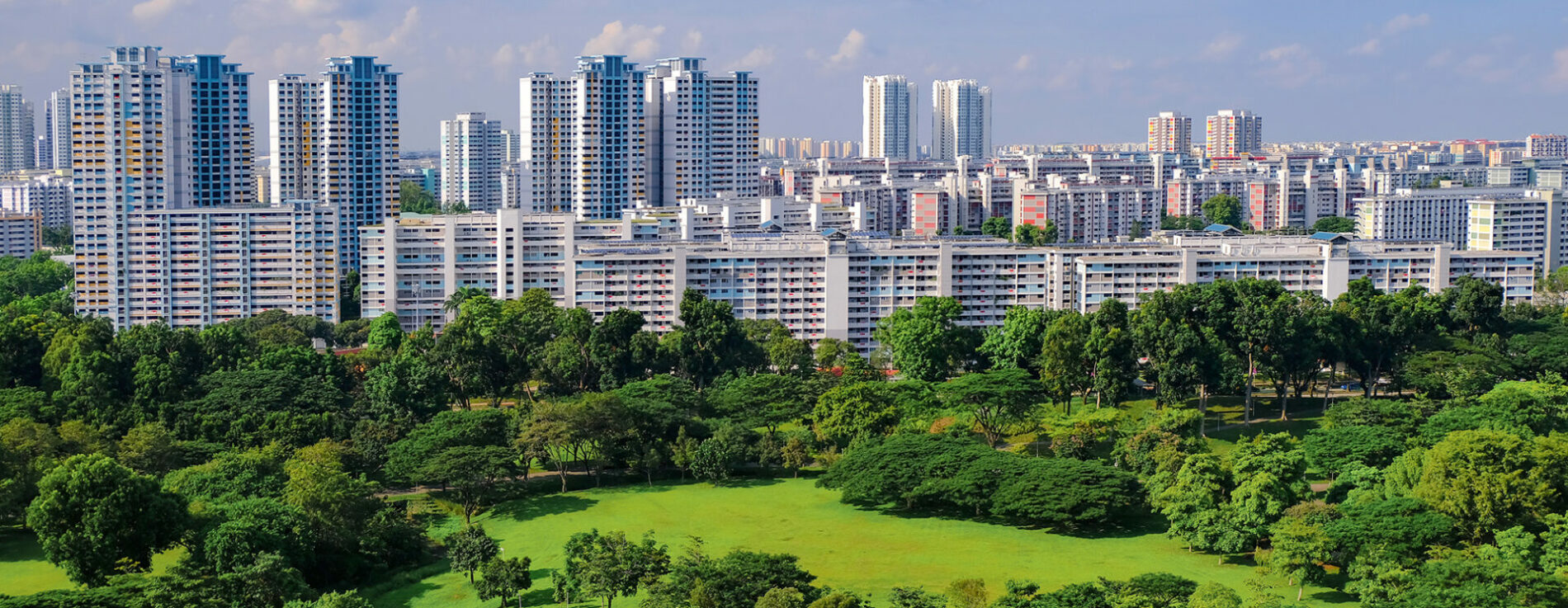
The proof of this link could be seen clearly during the COVID 19 pandemic. Throughout an unprecedented period of hibernation, nature quickly reclaimed many urban areas. Numerous cultures and strains of biodiversity thrived during this period, without having to rely on humans for food. In Nara, Japan, for example, deer who have co-existed with humans for years saw a huge boost in numbers when the expectation was that they would struggle without humans as a source of food and care. This story, and a number of others, were recently shared in a documentary film called The Year Earth Changed. Narrated by acclaimed biologist David Attenborough, the film shows the surprising and unexpected ways that the natural world reclaimed human populated areas. Footage depicting hippos lazing about in gas stations and a puma wandering the streets of a Chilean city are prime examples of how close nature is to us and the benefits that can be found by softening the boundaries.
So, how can urban jungles be encouraged in a way that is harmonious with both the human and animal kingdoms? While rewilding tends to be a concept that is linked to rural areas, city rewilding is now a developing strategy since the pandemic. According to Mossy Earth, an NGO that is trying to restore nature across a variety of ecosystems, cities can offer a positive platform to encourage and restore plant and animal habitats. “Although rewilding is generally associated with rural projects, rewilding in cities is just as dynamic and exciting and aims to achieve many of the same goals. Urban rewilding looks to restore natural processes and reintroduce nature on a city scale and has a wide range of benefits, from improving health to helping to tackle the biodiversity and climate crises.”
According to the organization, benefits can be categorized into three main areas. Environmental benefits exist, such as pollution reduction, restoration of natural processes such as rainwater capture and boosting biodiversity. The knock-on effects of this, they claim, result in societal benefits such as populations experiencing better moods, a reduction in loneliness, stress and anger, lower blood pressure and healthier immune systems. “At its core, urban rewilding is about bringing back elements of wilderness, embracing natural processes and restoring ecosystems with less human interference. Rewilding within this city context can be done through small and big actions at an individual and city-wide scale.”
“Although rewilding is generally associated with rural projects, rewilding in cities is just as dynamic and exciting and aims to achieve many of the same goals.”

Statistics show that the adoption of city rewilding is needed now, more than ever. Between 2001 and 2017, 24 million acres of natural space were lost in the United States alone. These losses came from human involvement such as housing sprawl and agriculture. Furthermore, in 2019, Reuters reported that every day, 6,000 acres of open space are converted for other uses. The concept of rewilding is not necessarily a new one, however. In 1995, wolves were reintroduced to Yellowstone National Park in an effort to rebalance biodiversity in the area. While this strategy may not be appropriate for cities, we are seeing examples of rewilding taking place in other ways. Between 2015 and 2020, for example, Ireland developed the All-Ireland Pollinator Plan. It’s capital city Dublin also created a 2015-2020 Biodiversity Action Plan which was aimed at reducing mowing and herbicide use in parks, roadsides, and other green spaces. By letting native plants grow instead of maintaining monocropped, chemical-laden lawns, native insect, bird, and bee populations thrived. Thanks to this initiative that was driven and implemented by the Dublin City Council, 80% of the city’s green spaces are now “pollinator-friendly.”
Meanwhile, in Haerbin, China, designers and architects came up with a novel solution to managing its increasing rainfall. In 2009, landscape architects made plans to protect an existing 34-hectare wetland in the center of the city. The area, which was at risk of decimation due to its water sources being cut off by development, was transformed into an urban stormwater park: the Qunli National Urban Wetland. The park now provides invaluable ecosystem services: collecting and filtering stormwater into the aquifer, recovering a native habitat vital to the surrounding ecosystem, and supplying a place for recreation in the city with a network of raised paths and viewing towers for visitors.
While many of these initiatives are a reaction to the damaging effects that industrialization has had on the natural environment, it is unlikely that cities are going to shrink. That ship has sailed, and the plan now needs to be designing ways for humans and nature to co-exist. Rewilding, as seen during the pandemic, offers benefits to every stakeholder. It is only a matter of time before it becomes the norm in cities around the world.









